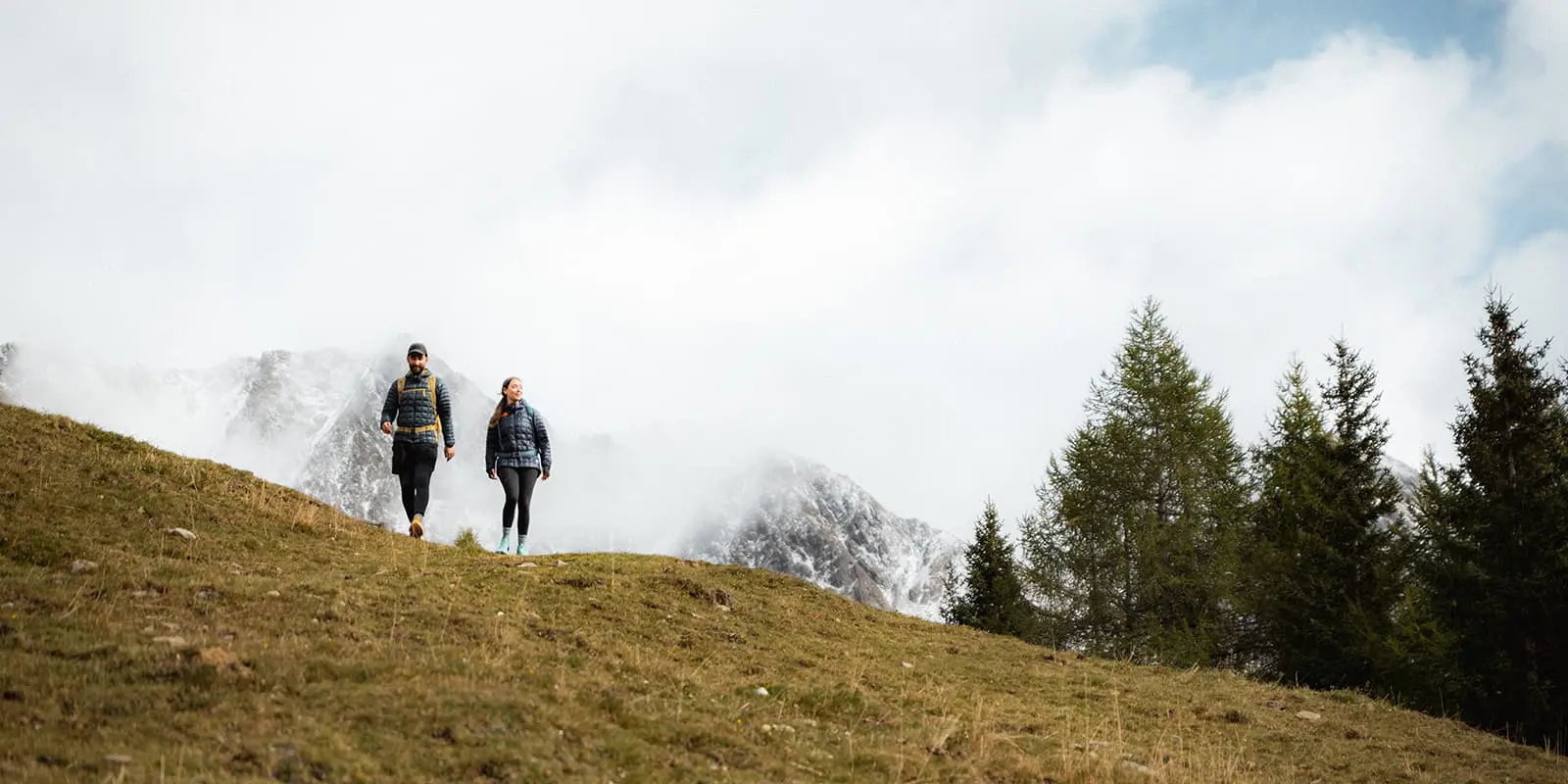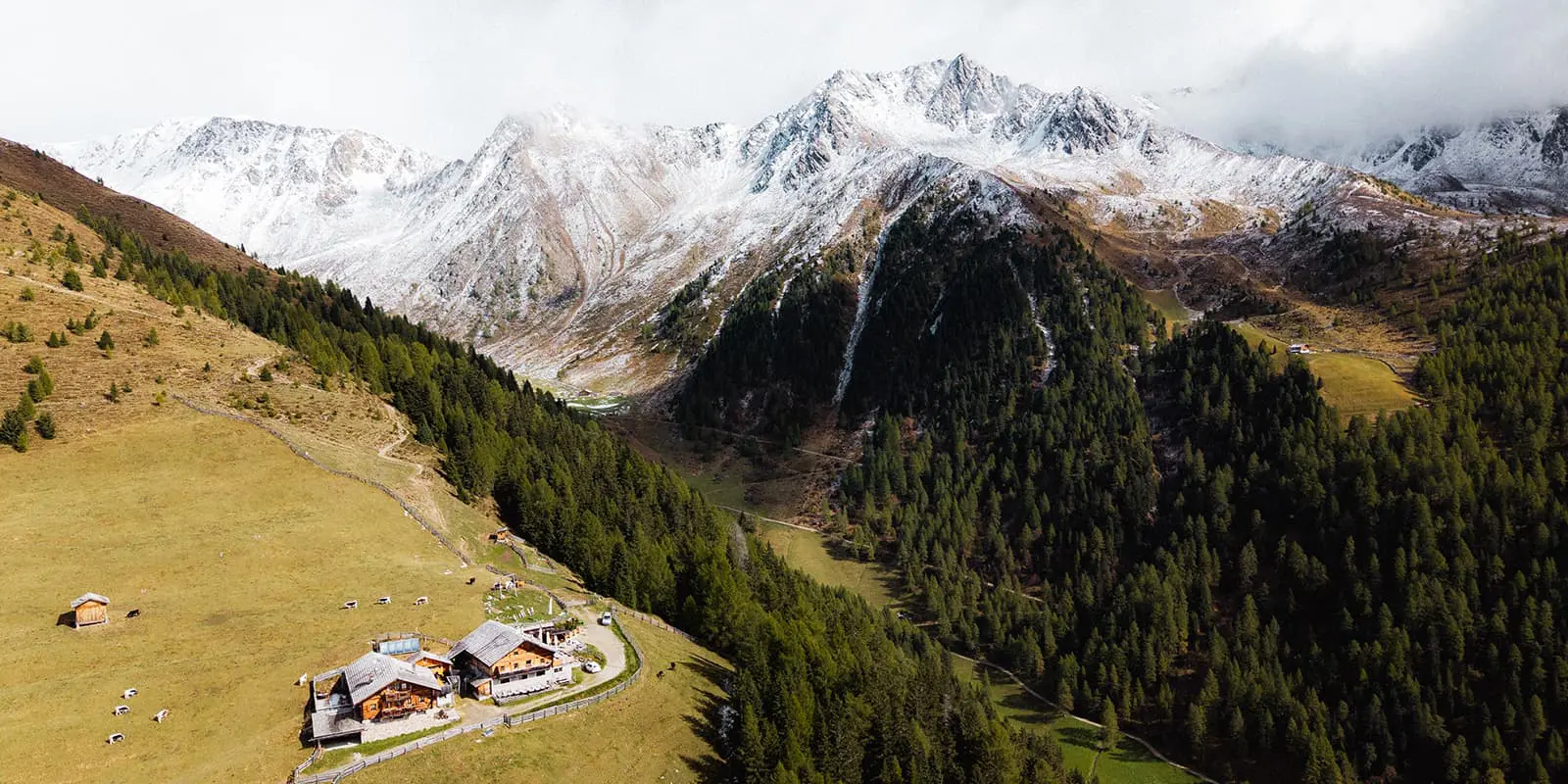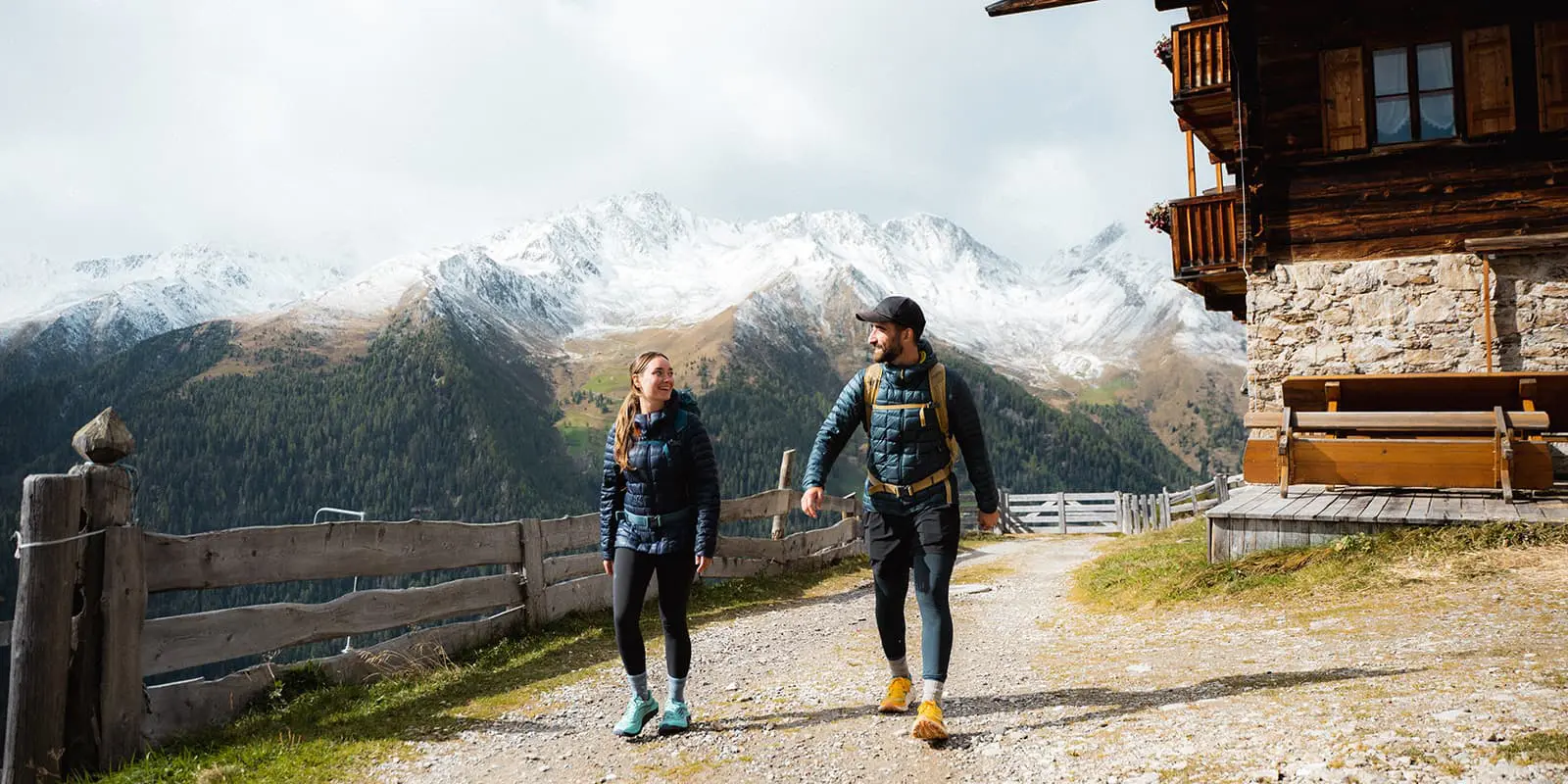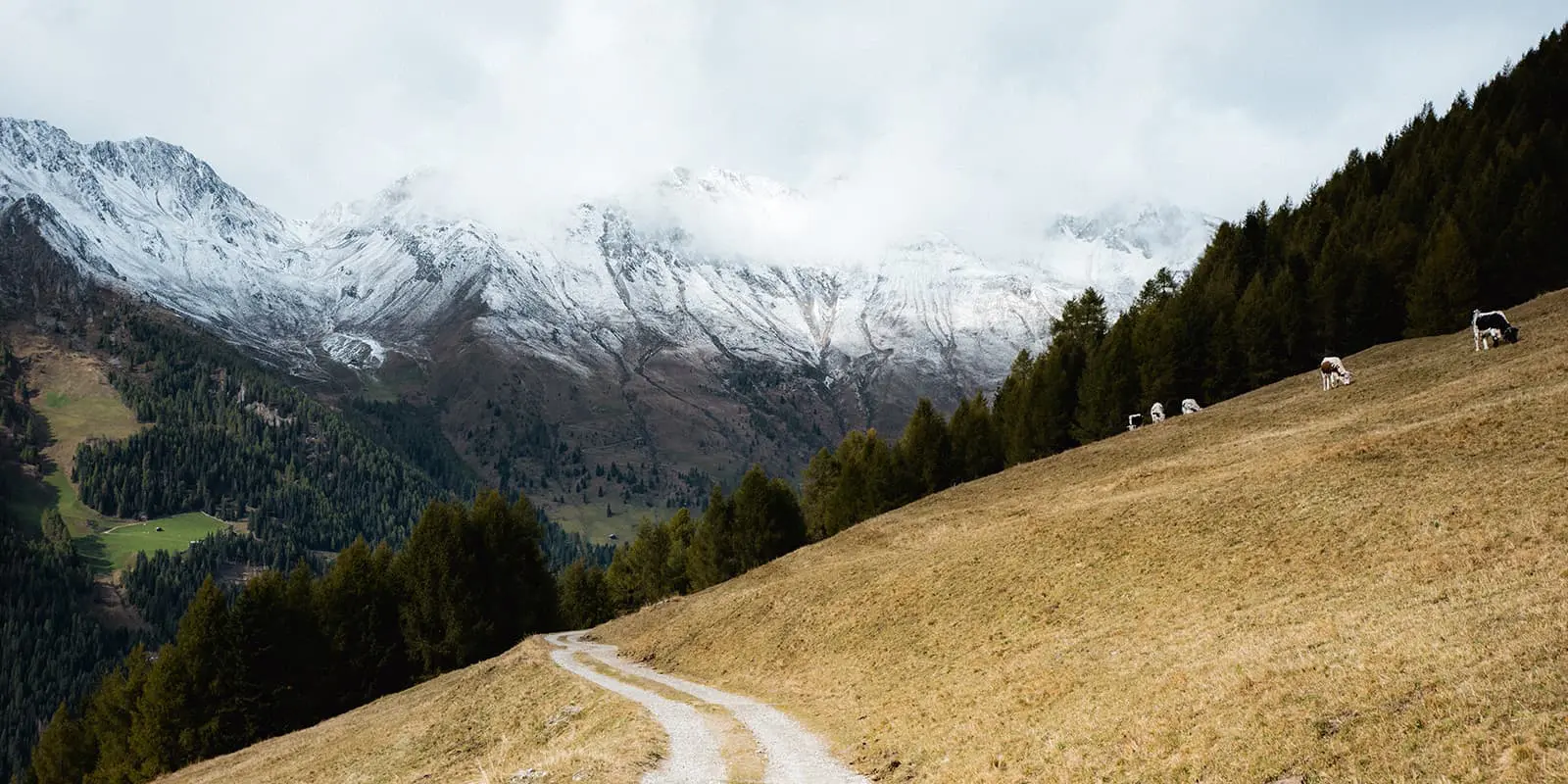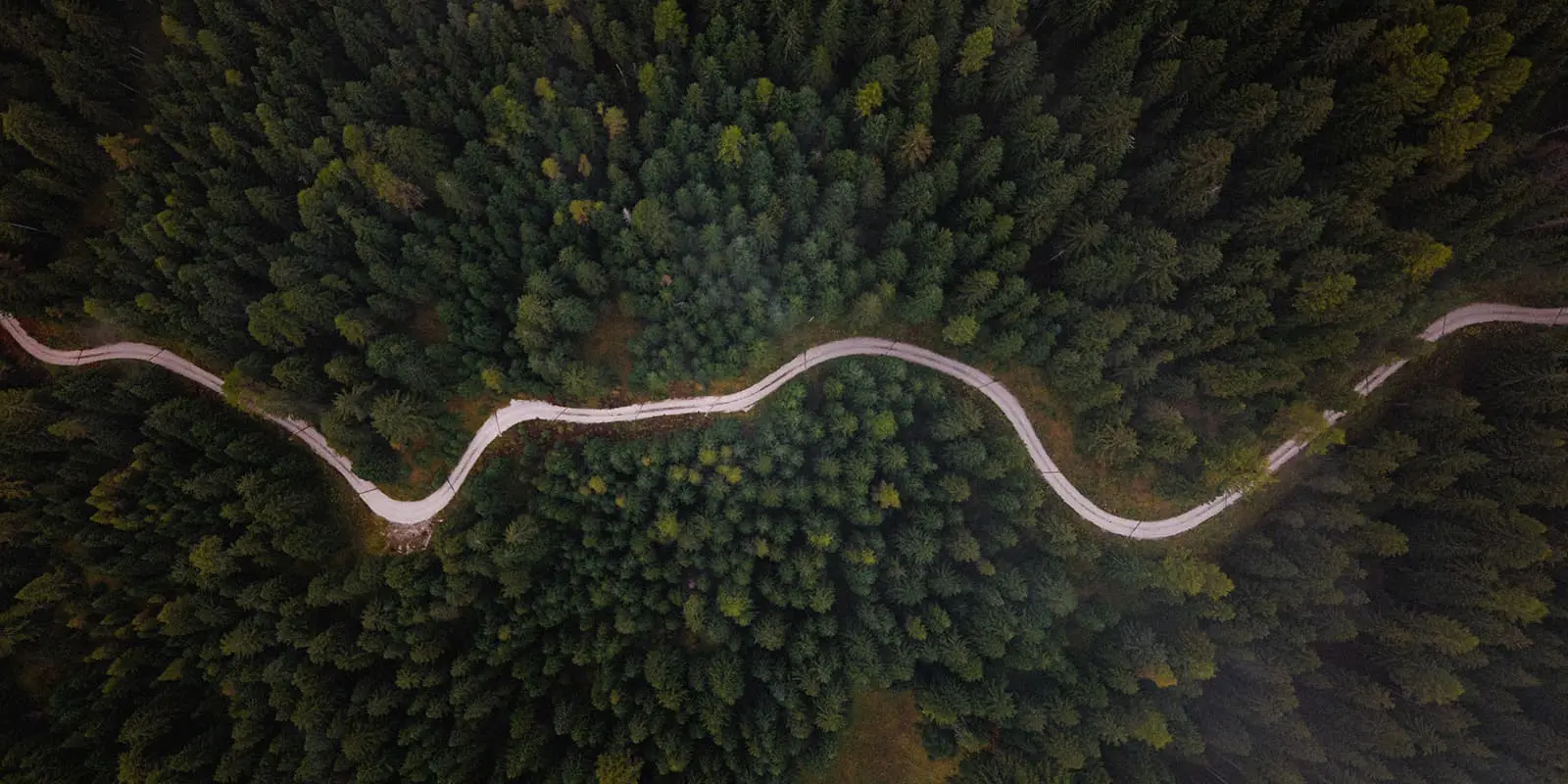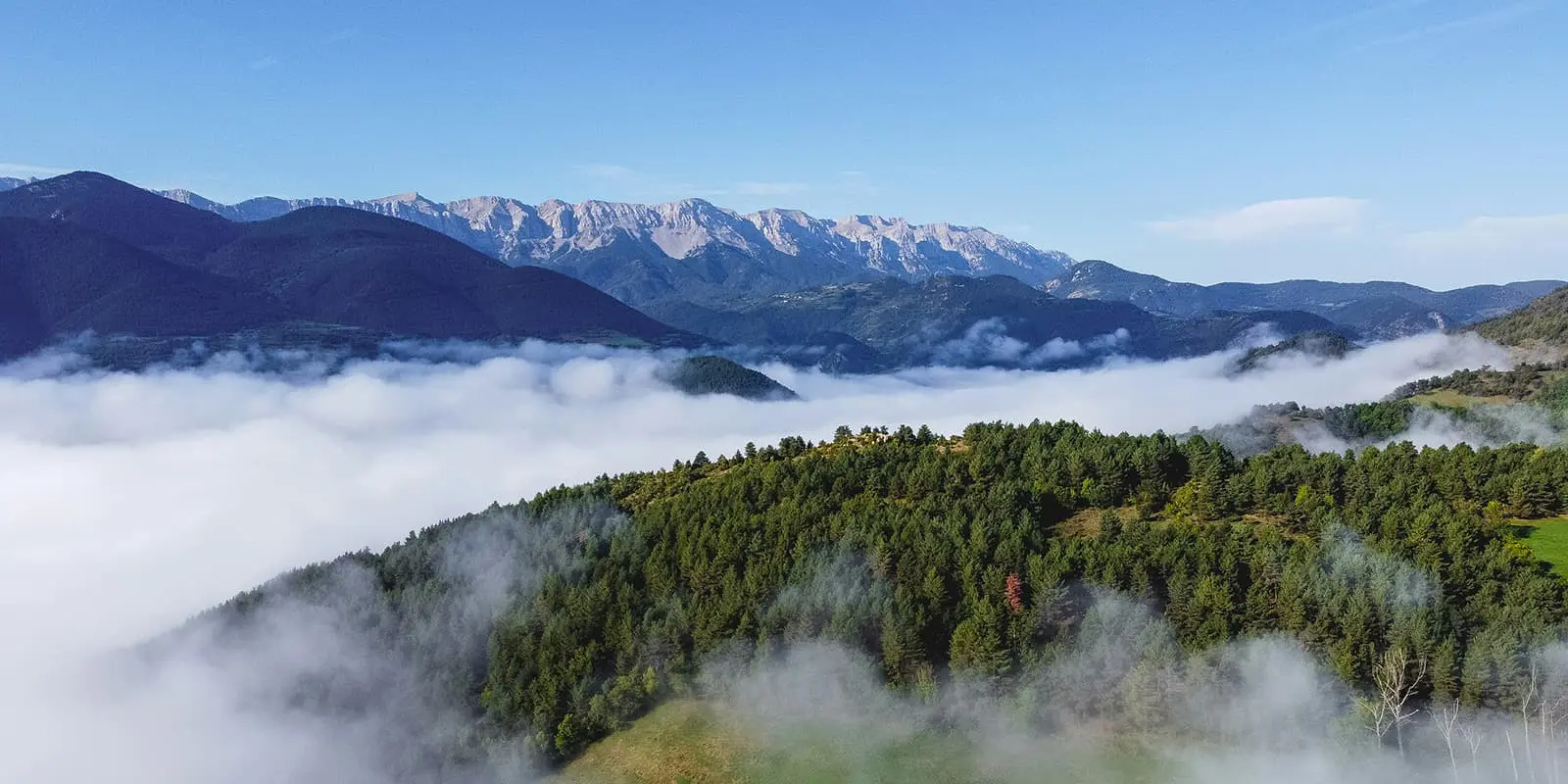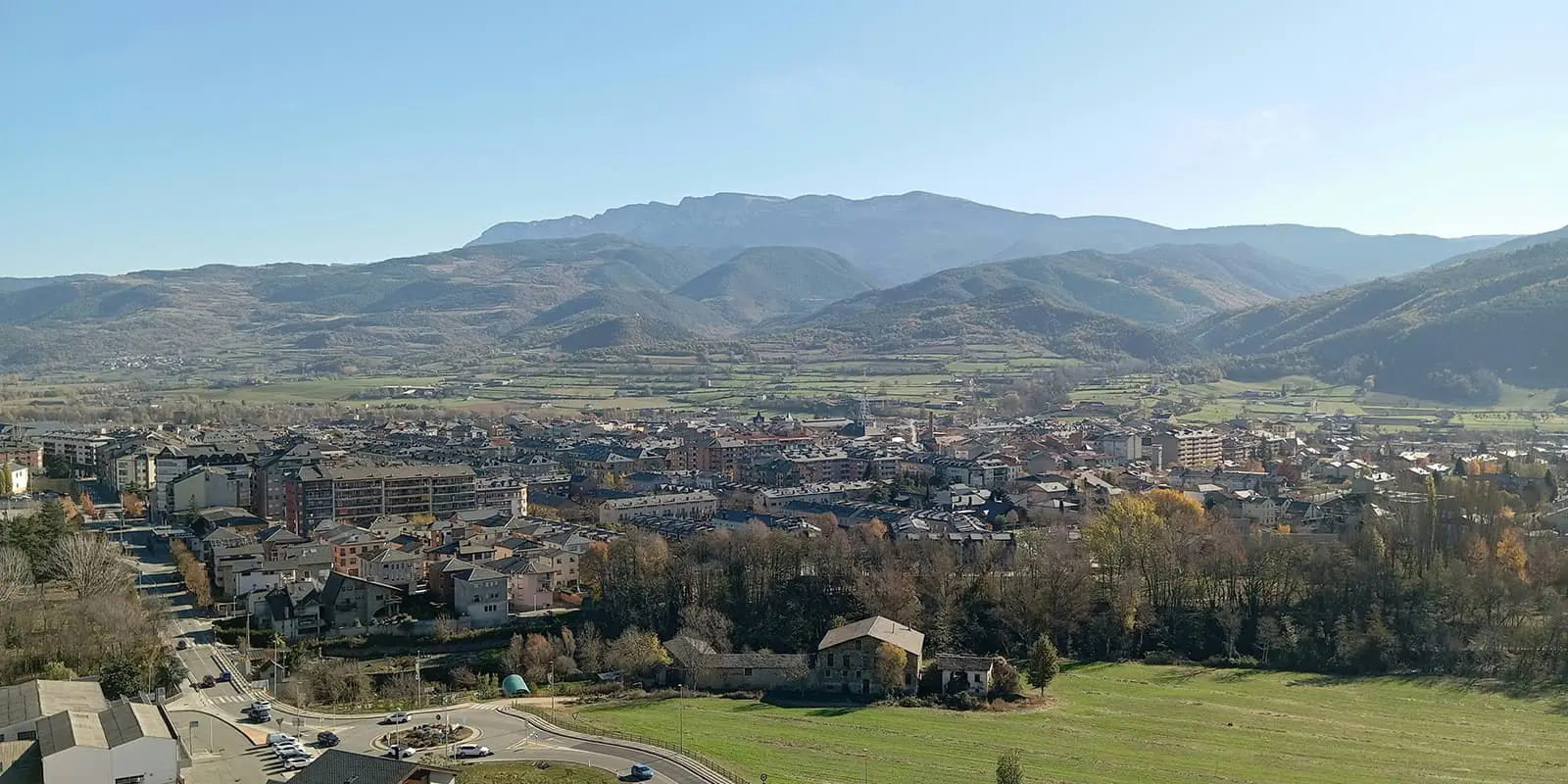The Almweg 2000 in the Gsiesertal Valley is a high-alpine trail with gentle slopes and beautiful mountain pastures in the Dolomites. Starting from the village of San Martino in Casies (St. Martino) or its neighbor St. Magdalena in Casies, you follow a trail that stays mostly around 2,000 meters above sea level. You will hike along alpine pastures, small huts, and have great views of the Dolomites the entire time.
The Dolomites are a beautiful destination for hiking, but this trail should only be attempted by hikers who are comfortable hiking at 2000+ meters above sea level. The trails in the Dolomites have slippery, gravel-like stones, which can make trekking difficult in bad weather. Only attempt this route if you feel comfortable with high alpine hiking.





